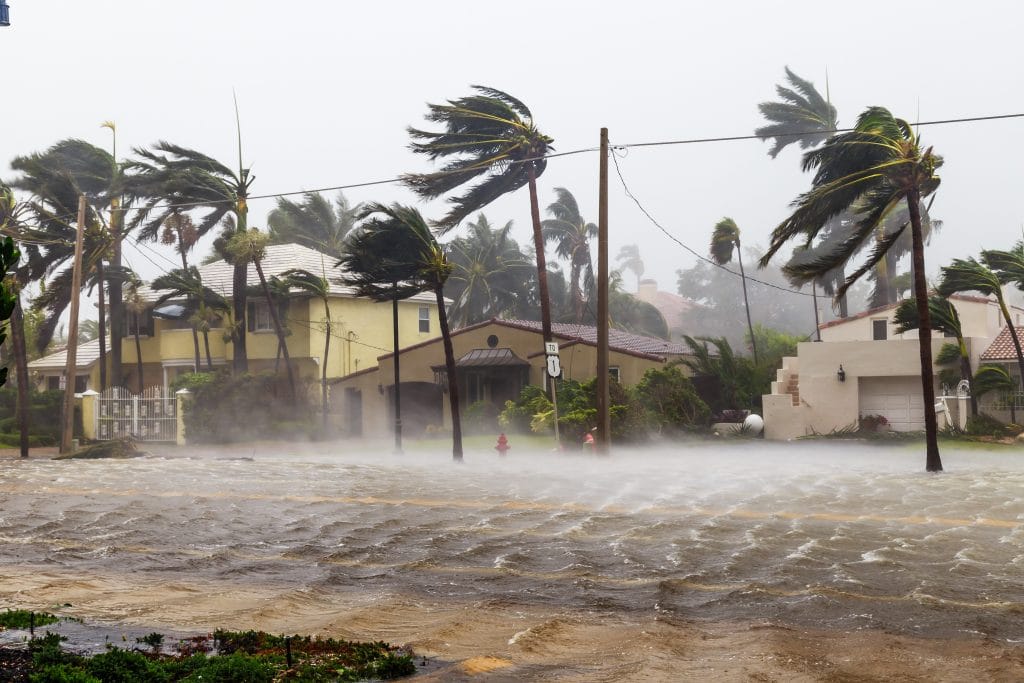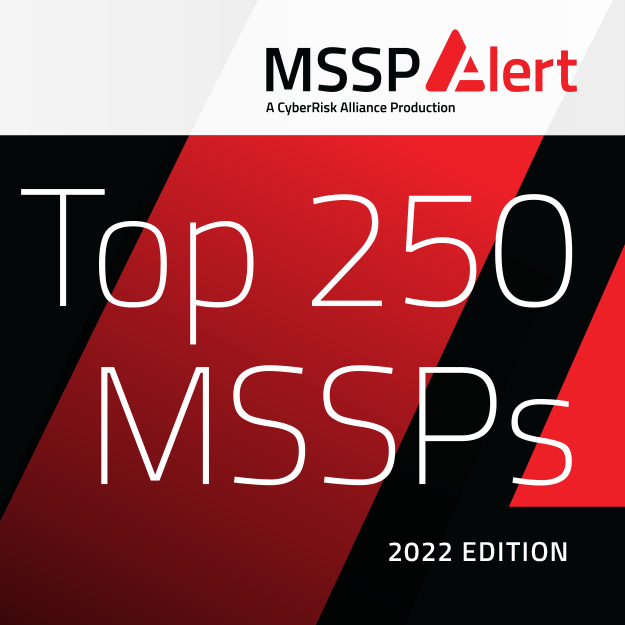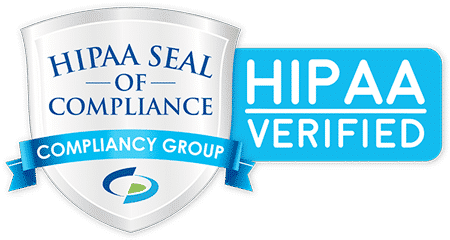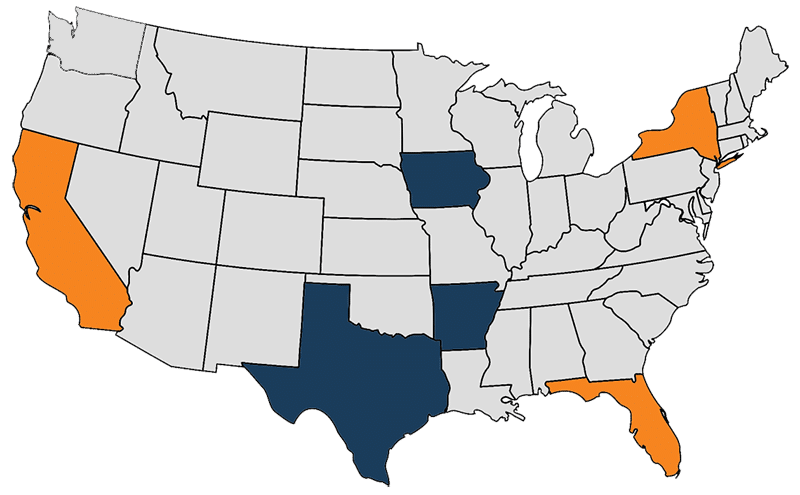Best Practices for Your File Sharing and Collaboration Needs

Today, we share some of the best practices to allow your team to get the most out of their shared IT resources.
Six Mistakes Entrepreneurs Can’t Afford to Make

Today, our article is for new business owners and people who are just going into business. For more great content return to our website weekly.
Tip of the Week: How to Keep Your Devices from Keeping You Awake

For this week’s tip we tell you how to enable night mode on your device so you can get some sleep.
If You Don’t Have Patch Management, Any Breaches are On You

Patches are an essential part of any IT system’s prolonged security. Learn some best practices for your patch management by reading our blog.
2019 Storm Ready

The 2019 Hurricane Season is upon us. WheelHouse IT has tested our business continuity plan to ensure that we are storm ready!








